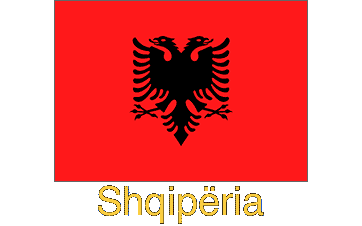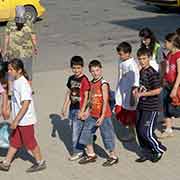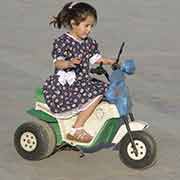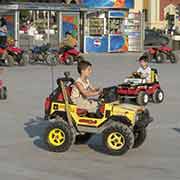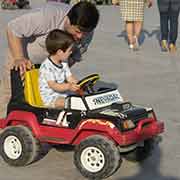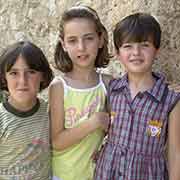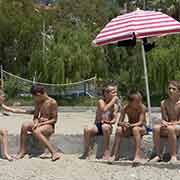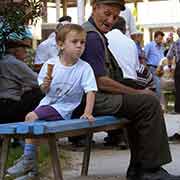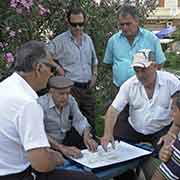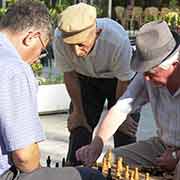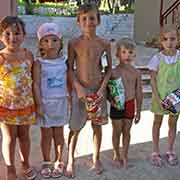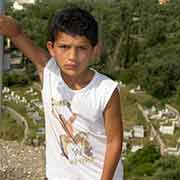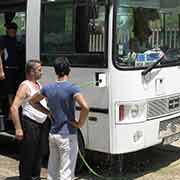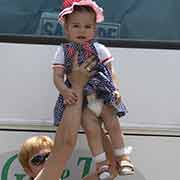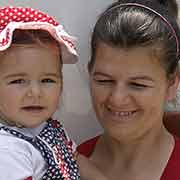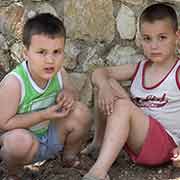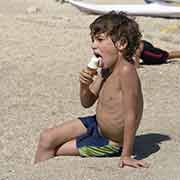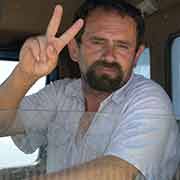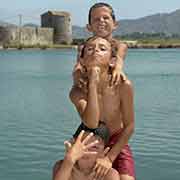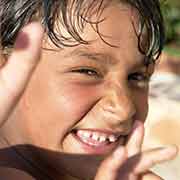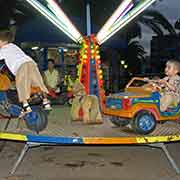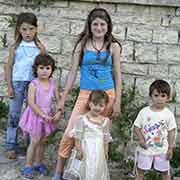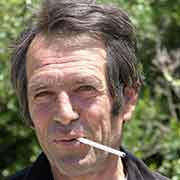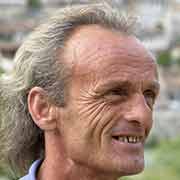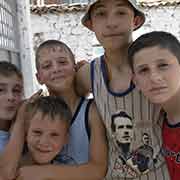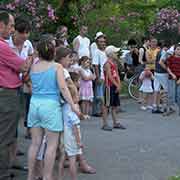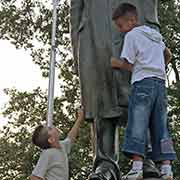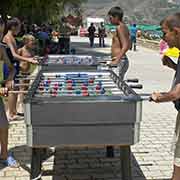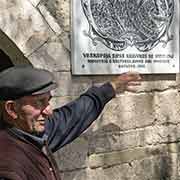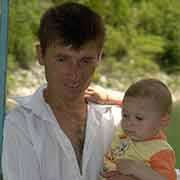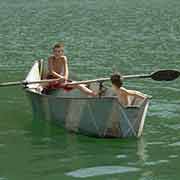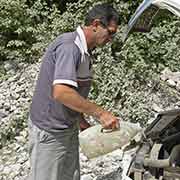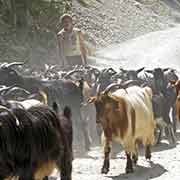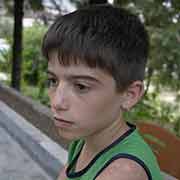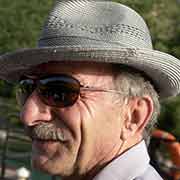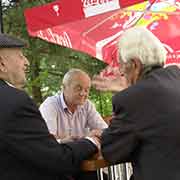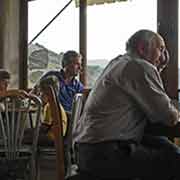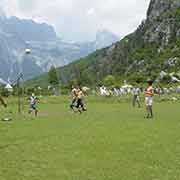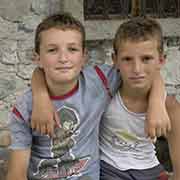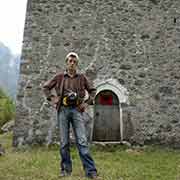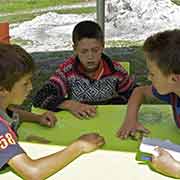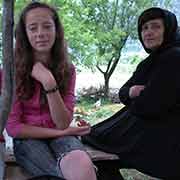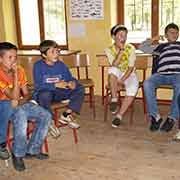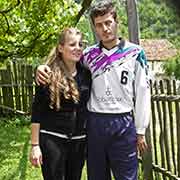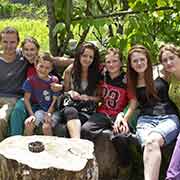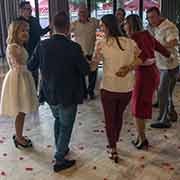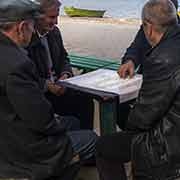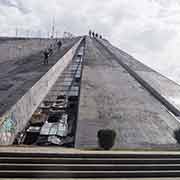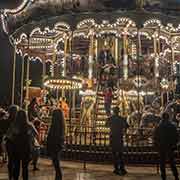Photos from Albania
The People of Albania
The Albanian people probably descended from the ancient Illyrians and therefore can claim to be the original inhabitants of this region of the Balkans. Apart from the present Republic of Albania, it also incorporates southern Montenegro, Kosovo, western North Macedonia, and the Epirus region in Greece. In all those areas, Albanian is spoken. Around six million Albanians live in the Balkan peninsula, with about half of that number in Albania itself.
you may then send it as a postcard if you wish.
A new generation of Albanians is now growing up in a country vastly different from that of their parents. Their parents grew up in a repressive police state with no prospect of contact with the outside world, no possibility of travel abroad and surrounded by relentless propaganda messages displayed everywhere. Today’s young Albanians are living in a more normal country. The adults are happy to be free, and they are the friendliest people imaginable for the traveller.
Although Christianised under the influence of the Roman and Byzantine Empire, most Albanians nominally became Muslims during the centuries of Ottoman rule. In the remote mountain areas of the north, however, they remained Roman Catholic. After the death of their national hero Skanderbeg, who had managed to resist the Turks until 1480, the region of northern Albania and western Kosovo managed to remain virtually independent. The people adhered to the “Kanun of Dukagjin”, the Albanian highland law, named after Leka Dukagjin, who, after Skanderbeg’s death, led the resistance against the Ottoman Turks and formulated the code that is still important today. The Kanun regulates all aspects of life, based on Honour, Hospitality, Right Conduct, and Kin Loyalty. “Besa” (honour) is of prime importance as the cornerstone of personal and social conduct and applies to Catholic and Muslim Albanians alike. The most controversial rule is the one that specifies what happens after a murder, which can lead to endless blood feuds. But Albanian people are well known for their hospitality and generosity to strangers.
The Albanian language (Gjuha shqipe) is a unique branch of the Indo-European family. It comprises two dialects: Tosk, spoken south of the Shkumbin river and Gheg, to the north. Before the Second World War, when Albania was a princedom and kingdom, the Gheg dialect seemed official. In those days, the country’s name on stamps was in the Gheg form “Shqipënia”, spelled in various ways. After the war, it became “Shqipëria”, the Tosk form. King Zog came from the northern Gheg-speaking mountains while communist boss Enver Hoxha was born in Gjirokastra in the south, and that could have something to do with it. The written language in Albania nowadays is the Tosk dialect. A peculiar feature of Albanian is that place names have a definite and indefinite form. Road signs and destinations on buses always use indefinite forms, like Tiranë (to Tirana), Skhodër (to Shkodra), and many maps show those forms.


